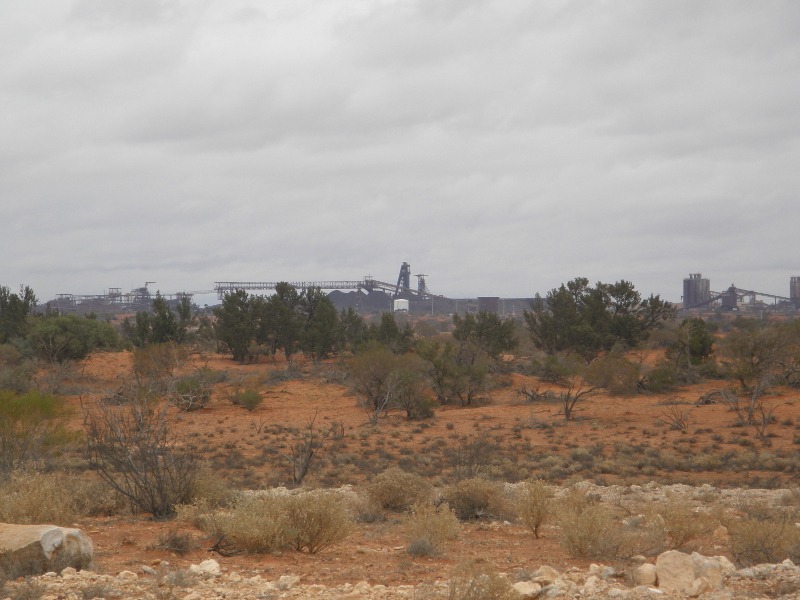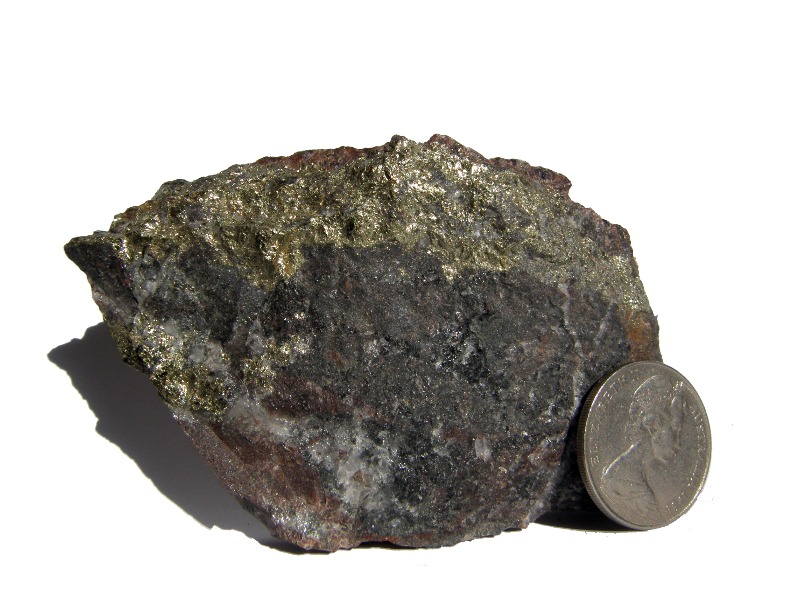The Olympic Dam copper-uranium mine expansion project in Southern Australia will increase the production of copper and associated products of the Olympic Dam mine from the current 200,000 tons per annum (tpa) to 350,000tpa.
The expansion project was recognised as a significant project by the South Australian government in February 2019. Expected to be approved by the board in 2020, the project is anticipated to boost the country’s copper production.
The A$3bn ($2.13bn) proposal is also expected to increase the production of gold, silver, and uranium. The Olympic Dam copper-uranium mine expansion project is expected to create up to 1,800 construction jobs and an additional 600 operational jobs.
Olympic dam copper-uranium mine background
Olympic dam copper-uranium mine is one of the world’s biggest polymetallic ore bodies and also one of the largest copper deposits. The mining lease granted by the South Australian Government is valid until 2036 and can be extended for 50 years.
Project Gallery
-

The Olympic Dam copper- uranium mine located in Southern Australia is one of the largest polymetallic ore bodies in the world. Image courtesy of Geomartin.
-

The current expansion plan of Olympic Dam mine projects a 75% increase in copper production from 200,000tpa to 350,000tpa. Image courtesy of Geomartin.
WMC Resources started mining operations at Olympic dam in 1988, following its discovery in 1975. BHP Billiton acquired WMC Resources in an A$9.2bn ($7.3bn) takeover, in 2005.
BHP holds 100% ownership of the Olympic Dam project through its subsidiary BHP Billiton Olympic Dam Corporation (BHP Billiton). BHP Billiton proposed to expand the project in 2007, but dropped the plans due to low commodity prices and tougher economic conditions.
Major smelter maintenance campaign was undertaken at Olympic Dam in the first half of 2018, due to which just 137,000t of copper was produced in 2018.
Olympic dam copper-uranium mine expansion details
The Olympic dam copper-uranium mine currently hosts two operational production shafts - the Clarke Shaft and the Whenan Shaft.
The Olympic Dam copper-uranium mine expansion project will focus on installing mechanised hoists and/or additional declines and other materials handling infrastructure to increase the rate of underground mining. The capacity of surface infrastructure is also expected to be increased as part of the expansion project, to support the increased production from the mine.
The surface production capacity is proposed to be increased by making changes to the processing methods, such as milling, hydrometallurgical plant, smelter, acid plant(s), and refinery.
Waste treatment, storage, and disposal capacity will also be increased in line with the increased production.
The project will also include the extension or laying of a new water supply pipeline from the Great Artesian Basin along with any other wellfield to the project. A maximum of 50ML/d a year is proposed to be provided to the project.
Olympic dam copper-uranium mine location, geology, and mineralization
The Olympic Dam mine property is located in the Stuart shelf region of Southern Australia. The ore body hosts limestone below the surficial deposits followed by shale layer made up of late-Proterozoic rocks, mainly quartzite and sandstone.
The ore body of the project is believed to have formed approximately 1.6 billion years ago, within the Olympic Dam Breccia complex (ODBC).
The Breccia complex is hosted in the granite rocks of Roxby Downs intruded by a thin layer of basal conglomerate formation. The types of breccia include granite, volcanic, haematitic-granite, and haematite-quartz.
Mineralization is mainly of bornite-chalcocite and chalcopyrite type scattered throughout in the form of grains and small aggregate formations.
Olympic dam copper-uranium mine reserves
As of June 2018, the proven and probable underground sulphide reserves at Olympic Dam were estimated to be 500Mt grading 2.00% copper, 0.6 kilograms per ton uranium, 0.71 grams per ton (g/t) gold, and 4.5g/t silver.
Mining and ore processing at Olympic Dam copper-uranium mine
Olympic Dam is a combined open-pit and underground mining project, which employs a fully-integrated processing facility to extract metals. The underground mine comprises more than 450km of underground roads and tunnels.
Automated train system currently transports the underground ore to crushing, storage, and ore hoisting facilities at the processing plant. Ore is crushed, grinded in two grinding circuits, and put through flotation extraction to extract high-quality copper concentrate from sulphide ore.
The integrated metallurgical complex also incorporates solvent extraction circuits for copper and uranium, a copper smelter, a copper refinery, and a recovery circuit for precious metals.
Olympic dam project infrastructure
The Olympic Dam mine is accessed by road from Adelaide, situated at a distance of approximately 575km. Air access is possible via the 27m-long and 12m-wide airport terminal nearby Olympic dam village.
Power supply to the mine is provided by BHP’s 275kV transmission lines from Davenport near Port Augusta and by ElectraNet’s 132kV transmission line from Port Augusta.
Water required for the project is collected from saline water aquifers in the Great Artesian Basin, by using underground bore wells.
Workers are accommodated at the 800-member non-residential worker accommodation camps near the Roxby village.
